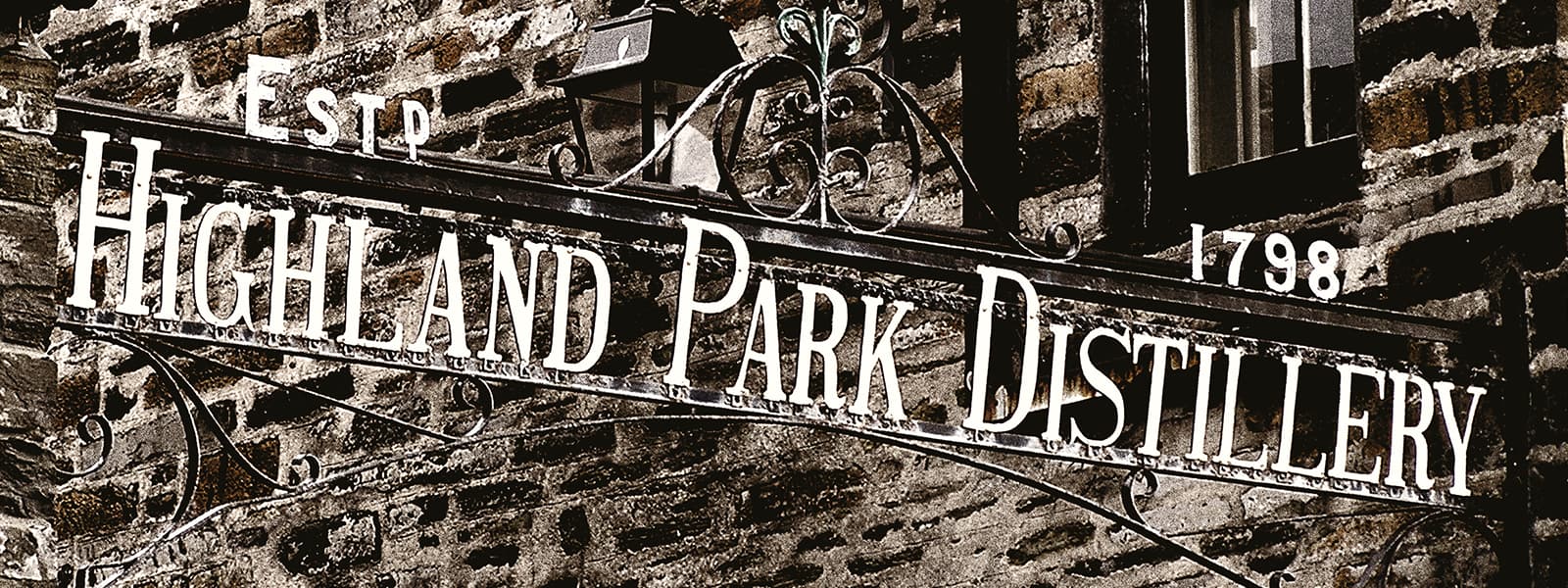Your Cart is Empty

Highland Park is Scotland’s northernmost whisky distillery, lying just to the North-east of fellow Orcadian, Scapa. Orkney is a rugged, beautiful island and the Highland Park distillery sits on a hillside near Kirkwall. Not far off, are sweeping plains of barley field and the rocky outcrops which protrude ominously from the ground. The sea beats the coast; her salty air and the island’s geology contribute to the rich character of Highland Park single malts. The distillery draws its water from the mineral rich springs to the east of the distillery as well as the Crantit Spring.
Highland Park was founded in 1798, by David Robertson on what was once the site of Magnus Eunson's cottage. Eunson was not only a beadle at the local church but also a notorious smuggler. Highland Park was officially licensed in 1826. After James Borwick inherited the distillery in 1869, the production at Highland Park was slowed; James was a priest and believed that whisky production contradicted with his religious status. Accordingly, in 1876 Stuart and Mackay moved in and dramatically helped sales through overseas exportation.
In 1895, James Grant of Glenlivet fame acquired the Highland Park distillery. Three years later he installed further stills, bringing the total to four. One of the few Scotch whisky distilleries to operate onsite floor maltings, Highland Park’s weekly malted barley production of 35 tonnes supplies twenty percent of its own malt requirements, the remainder is shipped in from Simpson’s and Edrington’s maltings respectively.
£18 million was spent relaunching the brand; the range was repackaged and remarketed and the buildings were extensively renovated. Highland Park’s future is bright having recently overtaken Islay giant Lagavulin in terms of sales.